Never Waste a Good Crisis
July/October 2020
Debates & Workshops
As the COVID 19 crisis has swept across continents and affected the economy of most countries, it has changed the life patterns of billions of people. The global pandemic has altered the life as we have known it; victims are in the thousands and counting and social distancing is a term we have all become familiar with. Governments are performing a balancing act between keeping the populations safe and saving the economy. Cities are experiencing massive changes to urban life not seen since the world wars.
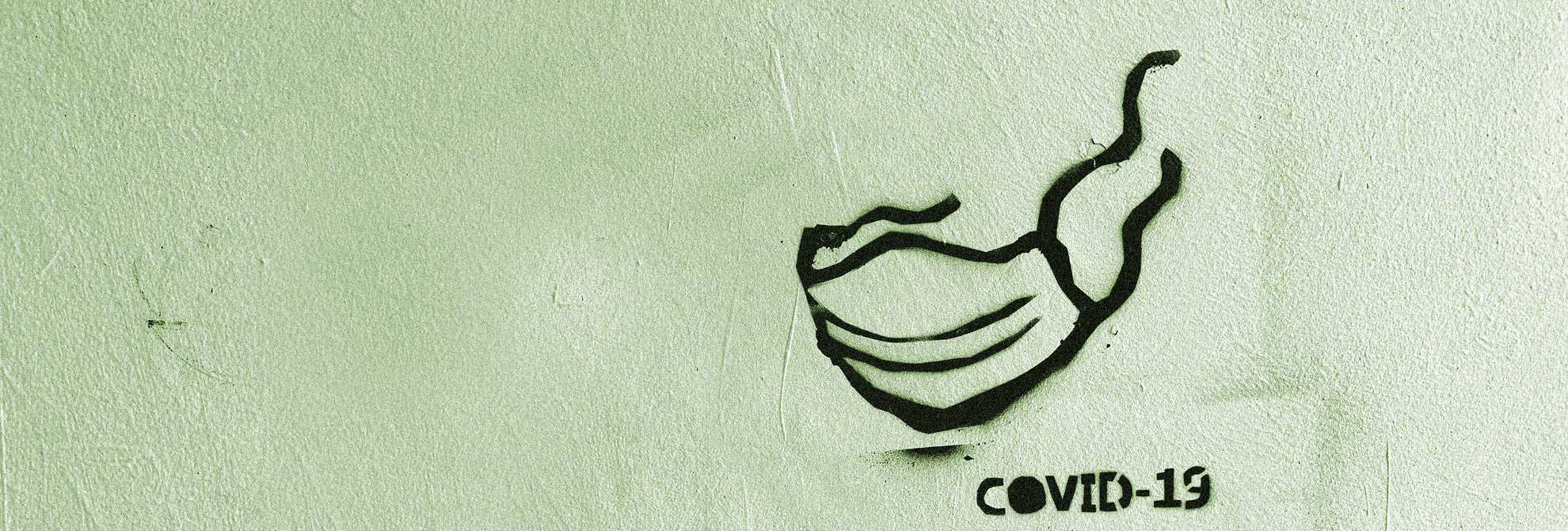
This challenges our fundamental beliefs about the meaning and purpose of cities as melting pots of people and culture. But it is as well a chance to re-introduce the urban imaginary as we might never return to urban life in the image of the dense modern metropolis. Now more than ever it’s relevant to discuss where architecture is heading after the COVID-19 crisis has seized to paralyze our societies.
Throughout time catastrophes has changed and shaped our perception of life, society and the built environments.
The epidemics of the 19th century caused mayor changes in urban planning and sanitary measures in our large cities. In Paris the effects of the Cholera in the city’s layout are still visible today During Hausmann’s renovation of the city in the late 19th century, the streets where opened and large promenades, entertaining spaces and green areas where planned and built.

Recognizing the physical needs of the many shaped the modern west-European well-fare, especially the Nordic
Nobody knows if after the covid-19 we shall see the same major physical changes as those related to former global catastrophes?
The Annual of this year will focus on how urbanism could react to crisis that challenges fundamental notions of what a city is and should be.
Is the Post Corona City a “Post City”?
Since the fall of communism, liberal capitalism has become the predominant global philosophy, with financial growth as the indicator of success. The market driven city has become the norm. Often without considering the possible negative consequences of free market forces. The inequality gap, between the rich and the poor, has never been bigger and we are facing an unprecedented Climatic crisis, which consequences without a doubt will be more life changing than covid-19.
Could the corona crisis be the starting point of a new way of urban thinking that will re-negotiate the meaning of the city towards a more inclusive urban model?
Covid-19 has, in a very short time, proven that we are able to change our way of behavior to such an extent that the climatic changes that we are facing can be reduced or avoided.
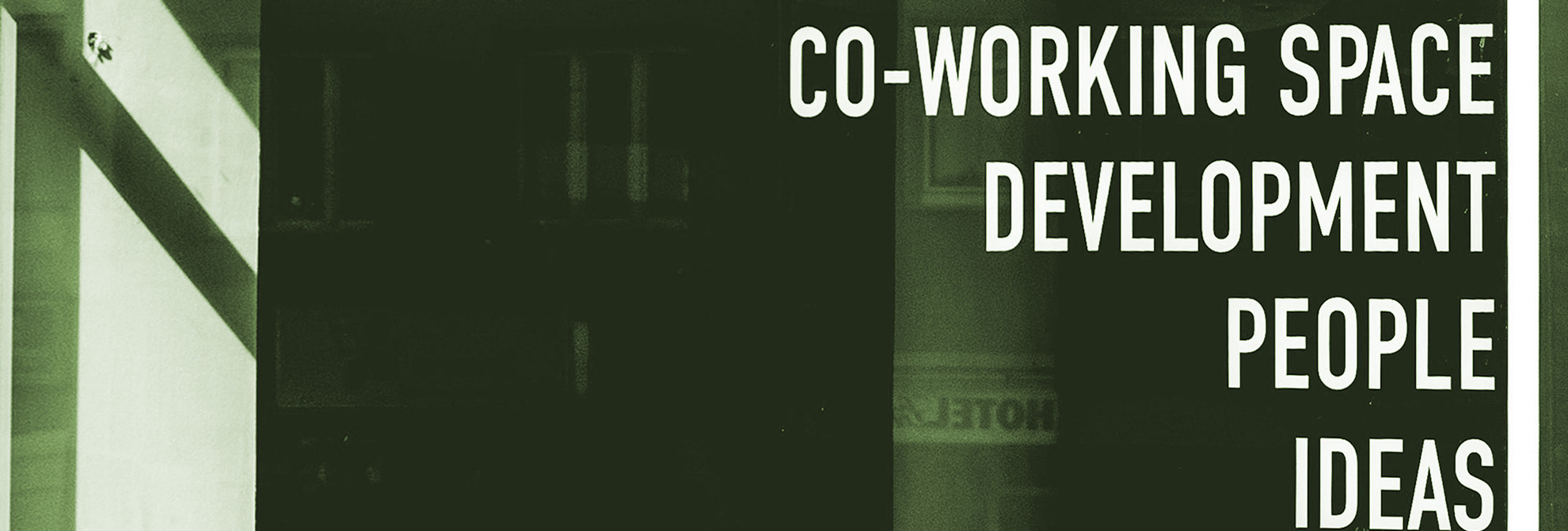
Self Providing Ressource-Communities
The Covid-19 crisis did not start with politics, warfare, or subjects of global disagreement. We feel closer as nations, as people and in our local communities. We move towards community-based sharing, a more close, personal communication, and a slower way of living. We acknowledge the common responsibility in this time of crisis.
Reclaim. Could it be imagined that shared facilities and urband resources ? cane revolve into a generally more sustainable way of life? And how will this new way of thinking manifest itself in the way we think city planning, architecture, and design?
New communities arise and how can they be shaped from an architectural point of view and how can it be planned in such way that the inhabitants are encouraged to share the resources, redefine the use of technology and play a more active part in their communities ?
Can we profoundly change our expectations to what a city center might offer our lives? Can community-based outreaches, creative gatherings and alternate work conditions lure us to use the city centers in a different way?

Retail and Our Urban Fabric: A Cultural and Creative Agenda
As the virus has swept through our societies our commercial areas and shops has been closed to minimize the risk of contamination
This has forced the shop owners to think in alternate ways and rethink their business model. But it has also made way for a new kind of urban landscape – the urban city centers. If the financial consequences of Corona are severe, will this mean empty store fronts in vast numbers in the city centers? And how can these new landscapes be transformed into car free, green areas and cultural zones?
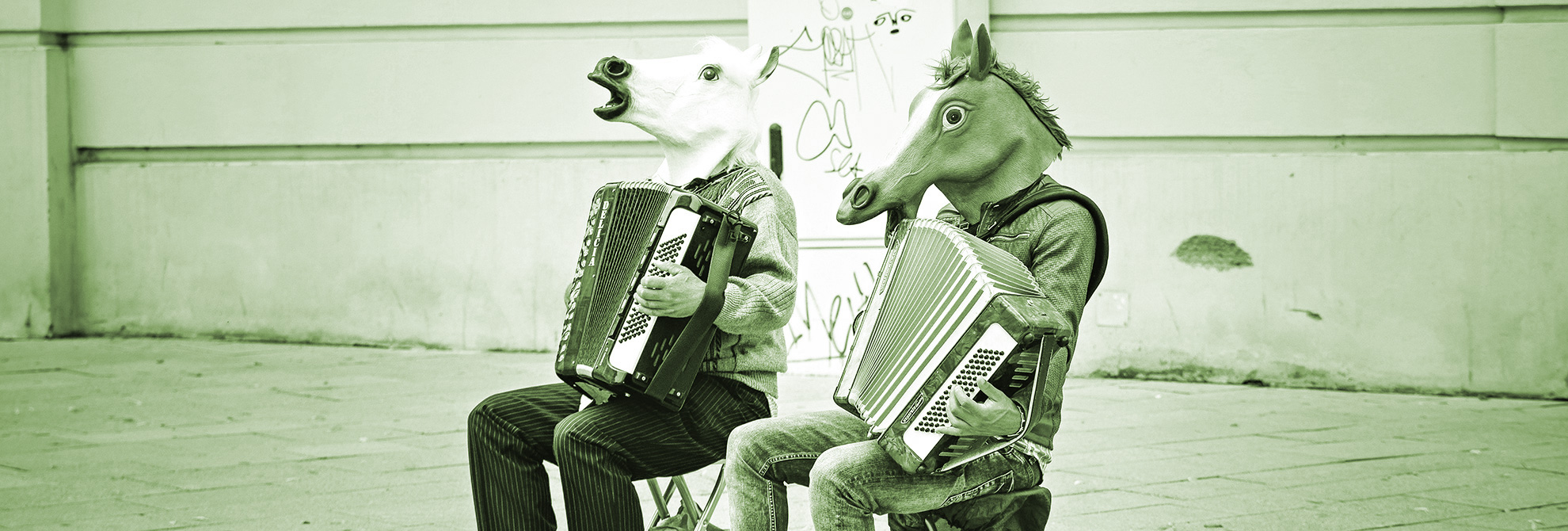
Differing Infrastructural Patterns: How to Change Our Urban Streetscapes
Establish a new urban order. Several of the restrictions, we all have had to face in this time, has limited our mobility.
The air pollution in big cities is at the lowest point in recent times. If a new way of life and work will emerge after the crisis the pressure on our infrastructure will decrease significantly, and combined with new transportation forms such as self-driving cars, electrical bicycles and public transportation such as light rails and metros, enormous areas of road can be used for other purposes.
Can we combine the idea of transforming the city centers into cultural activity centers and the larger roads and boulevards into entertaining areas?
A showdown with the urban closeness: the near nature must be integrated into the cities
The contemporary metropolis is the result of a global migration rural habitat to urban centre. Compact urban areas, where we live, work, eat, relax, and socialize in close proximity. But this, future and past pandemics are questioning that fact. We seem to be vulnerable while to close and fragile when our production is too globalized, suddenly the notion of local, smaller, self-sustained communities seems more alluring.
We have seen it before after mayor events in the world. After the Spanish Flu in the beginning of the 20th century, the New Town movement arose. The movement suggested self-sustained societies outside the overcrowded cities. These areas are still studied by city planners today.
Should the move to the city finally be reversed?
Will the psychological effect stay with us or vaporize in the prospect of safer times and undermine the growth of the city?
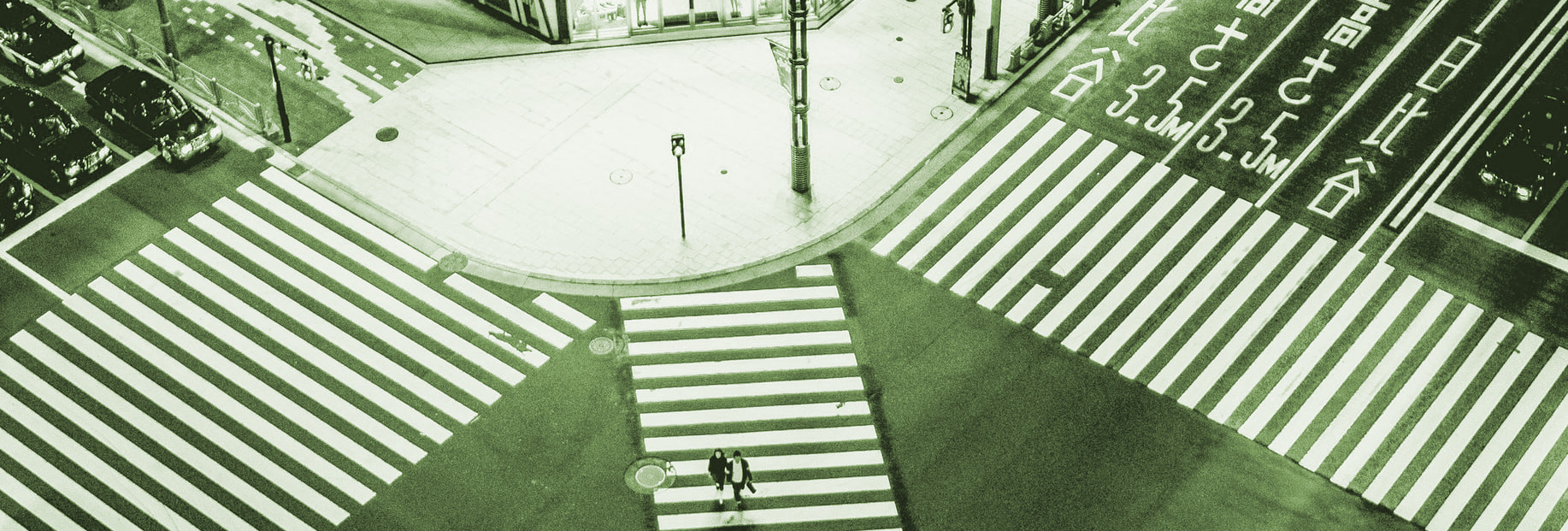
Future Tendencies Within Housing: Mobility Replaced By Digitality
Although digital platforms have existed for many decades, it is only during the Corona crisis, that we truly have embraced them in relation to our work life. We work more from home using a range of digital platforms and consequently, we spend much less time on transportation and pollute less. We gravitate towards the countryside as the meaning and function of the city empties.
With a more flexible and home-based work place, we have the possibility of solving some of the problems that we are facing, independently of the Corona crisis, – an increasing air pollution, over-crowded roads, extremely high housing prices in the cities and depopulation of the rural areas. How could a more digital and sustainable life in smaller cities or rural areas compete with urban life with everything it entails? How do we grant ourselves the freedom to rethink spaces, buildings, and functions in unprecedented way?
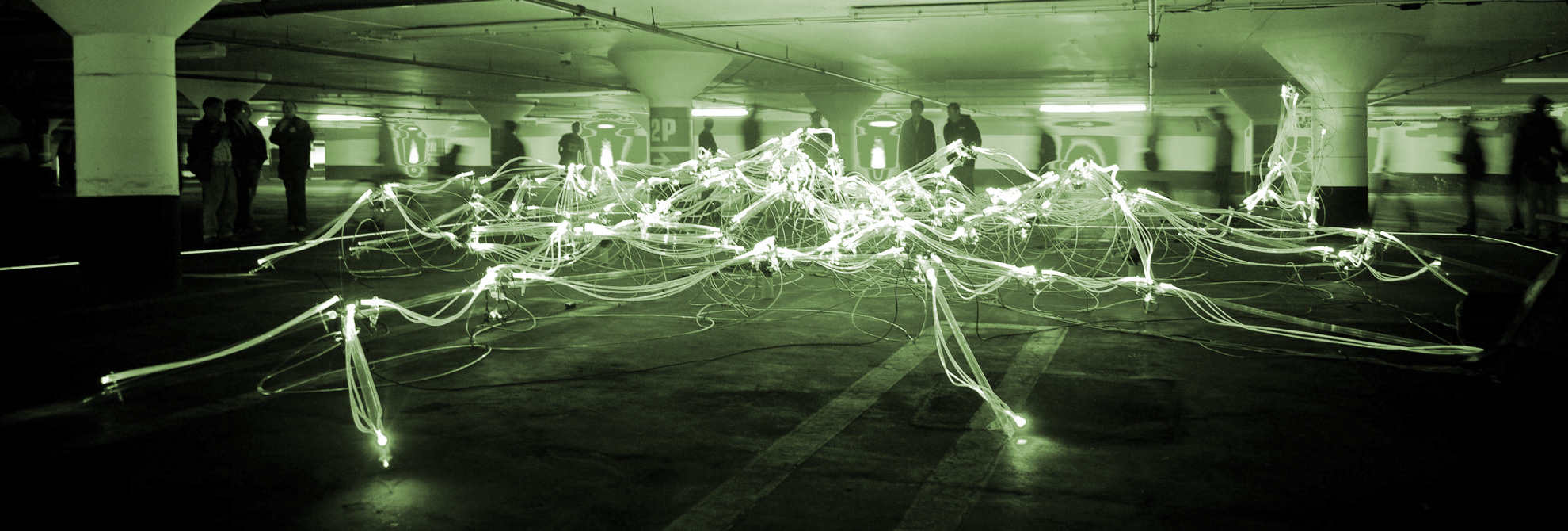
Workplace: a new concept?
As the urban seems to migrate to the countryside, the concept of workspace becomes one with this exodus process generated by the pandemic. Working from home or from places other than the employer's space, the efficiency of the work has not decreased in quality. On the contrary. It seems that people have worked better and harder.
New remote-workplace concepts are already being circulated. Social distancing, altering proximity, impose new spatial relationships.
What changes are we making to public spaces so that the closeness between people is again possible? How can we innovate from these vast and unexpected transformations? Is this the beginning of a new culture of work?
